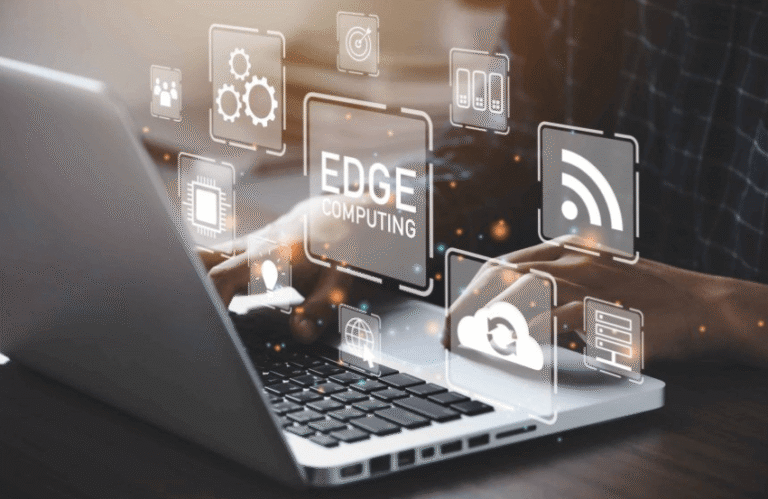Edge computing represents a significant shift in how data is processed and managed. By decentralizing computational resources, it reduces latency and bandwidth demands. This enables real-time analytics, crucial for industries relying on the Internet of Things and autonomous systems. As businesses increasingly adopt this technology, questions arise about its implications for future data management and innovation. What developments might emerge as edge computing continues to evolve?
Understanding Edge Computing: Definition and Key Concepts
Edge computing represents a paradigm shift in data processing, characterized by the decentralization of computational resources.
This innovative approach leverages edge infrastructure to bring computation closer to data sources, enhancing data locality. By minimizing latency and reducing bandwidth demands, edge computing fosters greater efficiency.
Such a transformation invites inquiry into its implications for autonomy, privacy, and the overall evolution of data management practices.
See also: What Is Deep Learning and How Is It Revolutionizing AI?
Benefits of Edge Computing in Modern Data Processing
The advantages of edge computing in modern data processing are becoming increasingly evident as organizations seek to optimize their operations.
By enabling real-time analytics, edge computing allows for immediate data insights, enhancing decision-making processes.
Additionally, reduced latency facilitates faster response times, particularly crucial in applications such as IoT and autonomous systems.
These benefits collectively empower organizations to adapt swiftly to dynamic market demands.
Future Trends and Applications of Edge Computing
As organizations increasingly embrace digital transformation, the future of edge computing is poised to become a cornerstone in data processing strategies.
Emerging trends indicate significant growth in smart cities and industrial automation, driven by IoT integration and real-time analytics.
Additionally, healthcare innovation will leverage edge computing for enhanced data security, ensuring sensitive patient information is processed efficiently and securely at the source.
Conclusion
In conclusion, edge computing serves as a pivotal bridge, connecting the vast ocean of data to the shores of actionable insights. By decentralizing processing power, it not only enhances efficiency but also cultivates innovation across various sectors. As industries continue to embrace this transformative technology, the implications for real-time decision-making and operational agility will ripple outward, shaping a future where data management is as dynamic and responsive as the environments it serves.
